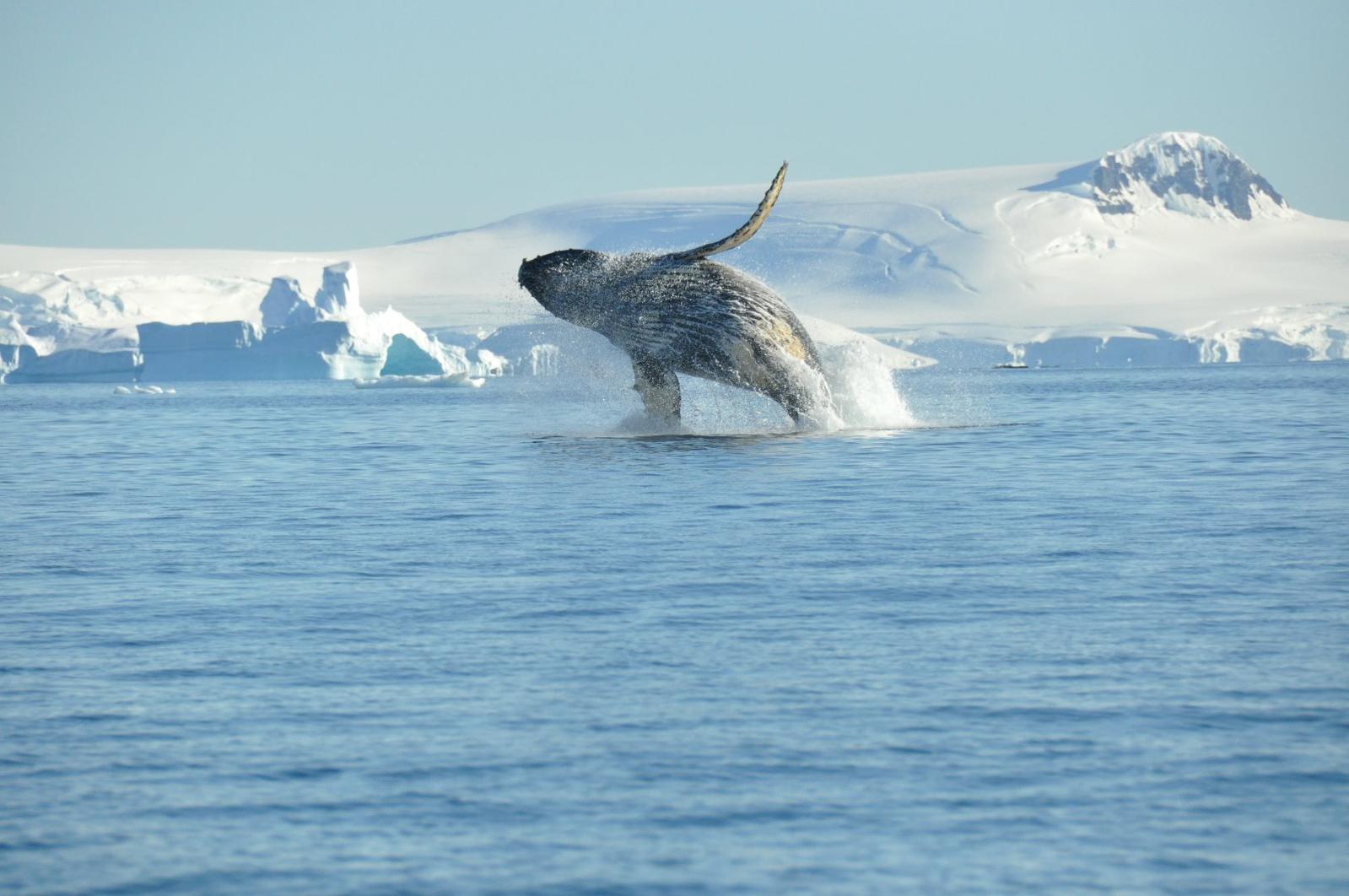The world’s largest animal, the **blue whale** (*Balaenoptera musculus*), forms a single large **circumpolar population in Antarctica** and is not dispersed in various communities.
This conclusion is based on the latest **assessment of Antarctic blue whales** in 2004 and on old records of whale hunting.
Research and Findings
A team led by Zoe Rand, a doctoral student at the University of Washington, published their findings in the journal Endangered Species Research.
Using historical data from the Discovery Marking Program and contemporary surveys, it was found that Antarctic blue whales frequently mix among the three ocean basins of the **Southern Ocean** (Atlantic, Indian, and Pacific), suggesting they are a single **circumpolar population**.

Importance of Conservation
Antarctic blue whales, measuring 30 meters in length and weighing over 200 tons, are classified as an **endangered species**. Understanding the structure of their population is essential for their conservation, as it enhances **biodiversity** and improves long-term survival chances.
Historical and Modern Data
During the **whaling years**, metal rods were harpooned into the muscles of whales to track their movements. These historical data, along with genetic and whale song studies, suggest that Antarctic blue whales are **a unique population**.
Future Studies
This study is the first time that historical tag recovery data has been analyzed using modern quantitative methods. The results may provide a framework for similar analyses on **other whale species**.
Although much is still unknown about the reproductive behavior of Antarctic blue whales, the combined use of historical and contemporary data remains scientists’ best hope to uncover the secrets of **the largest animal on Earth**.
Have you visited our YouTube channel yet? Subscribe now!

